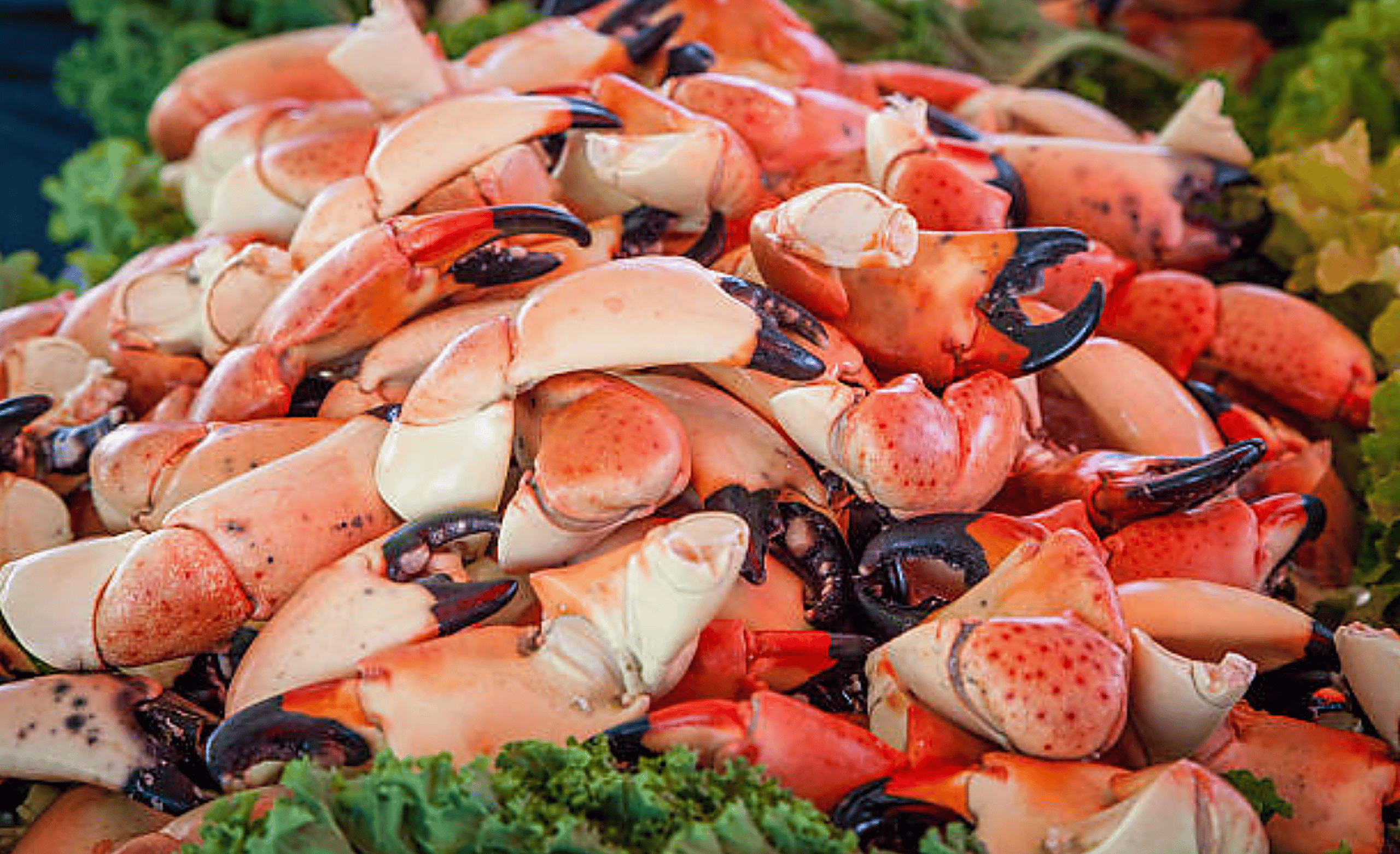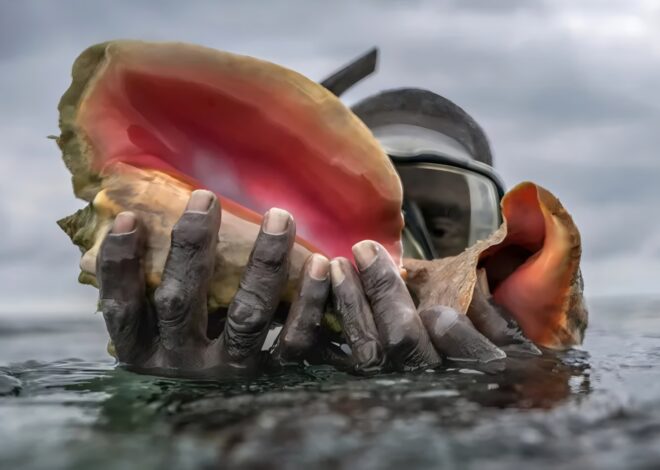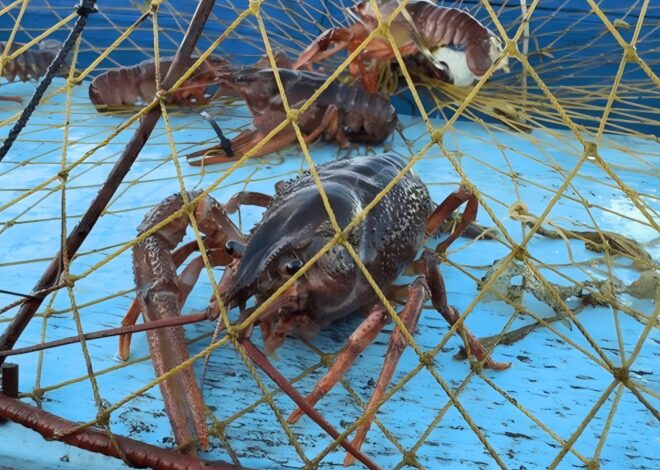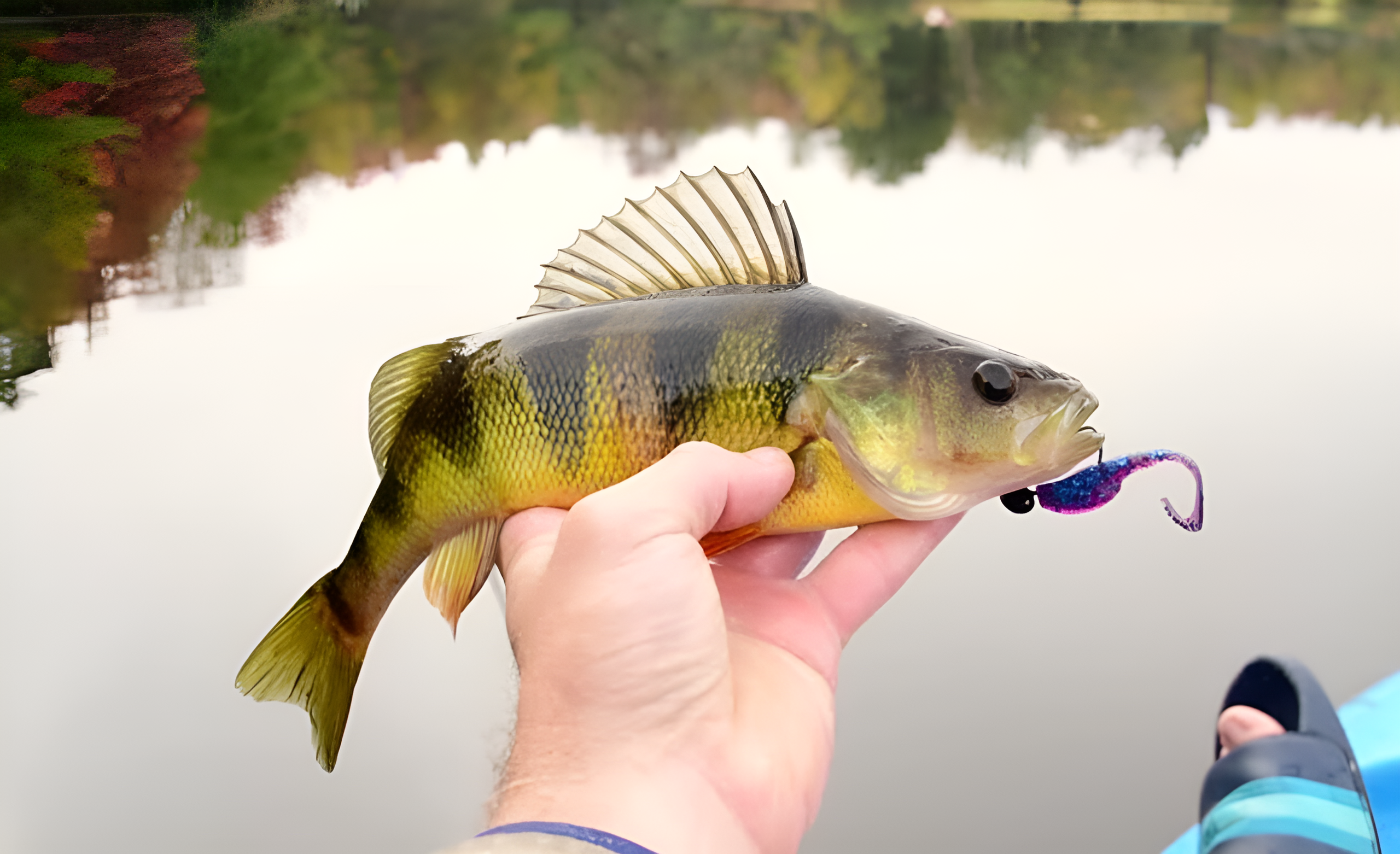
How To Catch Florida Stone Crabs
Whether you’re a seasoned angler or a curious novice looking to try something new this season, knowing how to catch Florida stone crabs can transform your fishing excursion into an unforgettable adventure. If you’ve ever dreamed of indulging in the sweet, succulent meat of fresh Florida stone crabs, you’re not alone.
These crustaceans are a culinary delight known for their rich flavor and unique texture. The thrill of catching them adds an extra layer of excitement to your dining experience. Picture yourself on the warm waters off the Florida coast, soaking up the sun while methodically hunting for these delectable treasures hiding beneath rocky ledges and sandy bottoms.
Catching stone crabs is not just about luck; it involves knowledge, preparation, and technique. So grab your gear and let’s dive into everything you need to know about this fascinating pursuit!
What are Florida Stone Crabs?
Florida Stone Crabs are a beloved seafood delicacy renowned for their sweet, tender meat. They are characterized by their distinctive large claws, which can grow up to seven inches in length. These crustaceans inhabit the warm coastal waters of Florida and thrive in rocky areas or along mangroves.
Unlike typical crabs, they can regenerate lost claws after harvest, making them an interesting species from both culinary and ecological perspectives. The vibrant orange hue on the exterior of their shell makes these crabs visually appealing as well.
Their unique taste is often compared to that of lobster, with a subtle sweetness that elevates any dish. Each year, thousands flock to catch them during the designated season. This popularity highlights not only their flavor but also the joy and tradition associated with stone crab fishing in Florida’s rich maritime culture.
When is Stone Crab Season in Florida?
The thrill of stone crabbing in Florida comes with the changing seasons. Stone crab season typically kicks off on October 15 and runs through May 1. This timeframe is essential for both enthusiasts and commercial fishermen.
During this period, the crabs are plentiful, making it a prime time to embark on your crabbing adventure. The cooler weather pushes them closer to shore, increasing your chances of a successful catch. Peak harvesting usually occurs from late October into December, as many people eagerly head out onto the water after they’ve shed their shells following molting.
Keep an eye on local regulations as dates can vary by region or due to environmental factors. Understanding these nuances will enhance your experience while ensuring you stay compliant with state guidelines during this exciting season.
Regulations and Rules for Catching Stone Crabs
Catching Florida stone crabs come with specific regulations that ensure sustainability and protect the species. First, it’s crucial to know the legal size for harvested claws; they must measure at least 2.75 inches in width. Only one claw may be taken from each crab.
This practice allows the crab to regenerate its lost limb, contributing to a healthier population over time. The season runs from mid-October through May, and fishing outside this period is strictly prohibited. It’s essential to check local guidelines before heading out, as different areas may impose additional rules.
License requirements also vary by location. Many anglers will need a saltwater fishing license when harvesting these tasty crustaceans. Always remember to handle your catch responsibly and return any undersized or egg-bearing females back into the water gently. These practices help maintain Florida’s thriving stone crab industry for future generations.
Tools and Equipment Needed for Catching Stone Crabs
To catch Florida stone crabs, having the right tools is essential. Start with a sturdy crab trap or two. These traps are designed specifically for stone crabs and allow them to enter while keeping other marine life out. A pair of gloves is crucial as well.
The claws can pinch hard when you’re handling them, so protect your hands from potential bites or pinches. You’ll also need a measuring tool to ensure that any harvested claws meet legal size requirements. This keeps you compliant with regulations and supports sustainability efforts.
Don’t forget about bait! Fresh fish pieces work well to lure in those delicious crustaceans. A bait bag attached inside the trap will do the trick nicely. Bring along some rope and buoy markers if you’re using traps in deeper waters; this way, you’ll easily find your gear after setting it out.
How to Find the Best Spot for Catching Stone Crabs
Finding the perfect spot for catching Florida stone crabs can make all the difference in your experience. Start by exploring shallow waters, typically between 2 to 8 feet deep. These areas provide an ideal habitat where crabs like to hide among rocks and mangroves.
Look for structures such as reef formations or submerged debris. Stone crabs love these hiding spots, which offer protection from predators and easy access to food. Tidal changes also play a crucial role in crab activity. Consider fishing during incoming tides when shorelines are flooded, making it easier for you to catch them off guard.
Don’t hesitate to ask local fishermen about their favorite locations; they often have valuable insights based on years of experience. Using mapping apps can help identify promising areas too—just remember that sometimes the best spots aren’t marked on any map!
Techniques for Catching Stone Crabs
When it comes to catching Florida stone crabs, using the right techniques can make all the difference. One popular method is baiting traps. Place a mixture of fish scraps and chicken necks inside your trap. Lower it into shallow waters where stone crabs are known to roam.
Another effective approach involves hand-catching. This requires patience and skill. Equip yourself with gloves for protection against those sharp claws, then gently reach into rocky crevices or under mangroves where they hide. Using dive gear can also enhance your chances significantly.
Scuba diving allows you to explore deeper reefs and locate stone crab dens that might be out of reach from shore. Always remember to check your traps regularly or keep an eye on the areas you’ve searched thoroughly, as these crustaceans tend to be elusive but rewarding when found in their natural habitat.
Tips for a Successful Stone Crabbing Experience
To enhance your stone crabbing adventure, timing is key. Early morning or late afternoon are prime times when crabs are most active. Choose the right location. Look for rocky areas and sandy bottoms where crabs tend to hide. Don’t hesitate to ask local fishermen for tips—they often know hidden gems.
Be patient while waiting at your traps. Give them time; it might take a while before you see results. Check your traps frequently but avoid disturbing the area too much. Quick checks can help maintain an optimal environment for catching more crabs.
Remember to adhere to regulations regarding size and quantity limits, ensuring you only keep legal-sized crabs. Respecting these rules helps sustain the population for future generations. Enjoy the experience! Stone crabbing is not just about catching—it’s about appreciating nature and spending quality time with friends or family along Florida’s beautiful coastlines.
Cooking and Eating Stone Crabs
Cooking Florida stone crabs is an experience to savor. The sweet, tender meat makes them a delicacy worth the effort. To prepare them, simply steam or boil the claws for about 8-10 minutes. Add salt to the water for extra flavor. Once cooked, let them cool before cracking open those hard shells.
Serve with melted butter and a squeeze of fresh lemon juice. This classic combination enhances their natural sweetness without overpowering it. You can also get creative by using stone crab meat in salads or pasta dishes. A chilled crab salad with avocado and citrus dressing is refreshing on a warm day.
Don’t forget about dipping sauces! Garlic aioli or spicy mustard sauce pairs wonderfully with this seafood treat, adding another layer of flavor that’s truly irresistible. Enjoy every bite as you relish the taste of Florida’s coastal bounty from your recent catch!
Sustainability and Conservation of Florida Stone Crabs
Florida stone crabs are not only a culinary delight but also an essential part of the marine ecosystem. Sustainable fishing practices help maintain their populations and ensure future generations can enjoy this delicacy. State regulations play a crucial role in conservation efforts.
Harvesting is limited to one claw per crab, allowing them to survive and regenerate. This careful management supports healthy populations while providing ample opportunity for anglers. Responsible crabbing techniques contribute significantly to sustainability.
Avoiding overfishing areas, using traps that minimize bycatch, and following seasonal guidelines keeps the ecosystem balanced. Public awareness is vital as well. Educating local communities about the importance of preserving habitats safeguards these unique crustaceans against environmental threats such as pollution and habitat destruction.
Engaging in conservation initiatives helps protect Florida’s natural resources while ensuring that everyone can appreciate the thrill of catching stone crabs for years to come.
Tips for a Successful Stone Crab Catching Trip
Timing is everything. Early mornings or late afternoons are ideal for stone crabbing when they’re most active. Choose your location wisely. Look for rocky bottoms and mangroves where these crabs like to hide. Research local hotspots or ask fellow anglers for advice on the best spots.
Check the weather before heading out. Calm days with clear skies make for a more enjoyable experience, while rough waters can make it difficult to catch crabs. Bring plenty of bait, such as fish heads or chicken necks. Fresh bait increases your chances of attracting stone crabs.
Don’t forget to bring water and snacks! Staying hydrated and energized will keep you focused during your trip. Enjoying nature adds an extra layer of satisfaction to the adventure too.
Conclusion: Catching Florida Stone Crabs
Catching Florida stone crabs can be an exciting and rewarding experience. With the right knowledge, tools, and techniques, you’ll not only enjoy a great day on the water but also bring home some delicious seafood for your table. Understanding their behavior and habitat will greatly enhance your chances of success.
Make sure to familiarize yourself with local regulations to ensure sustainable harvesting practices. This helps preserve the population for future generations while allowing you to partake in this unique fishing experience responsibly. Whether you’re out on a boat or wading along the shoreline, having patience is key.
The thrill of catching stone crabs comes from both skillful technique and enjoying nature’s beauty around you. So gear up, gather your friends or family, and head out for a stone crab adventure! You might just discover that catching these delectable crustaceans becomes one of your favorite pastimes in sunny Florida.



